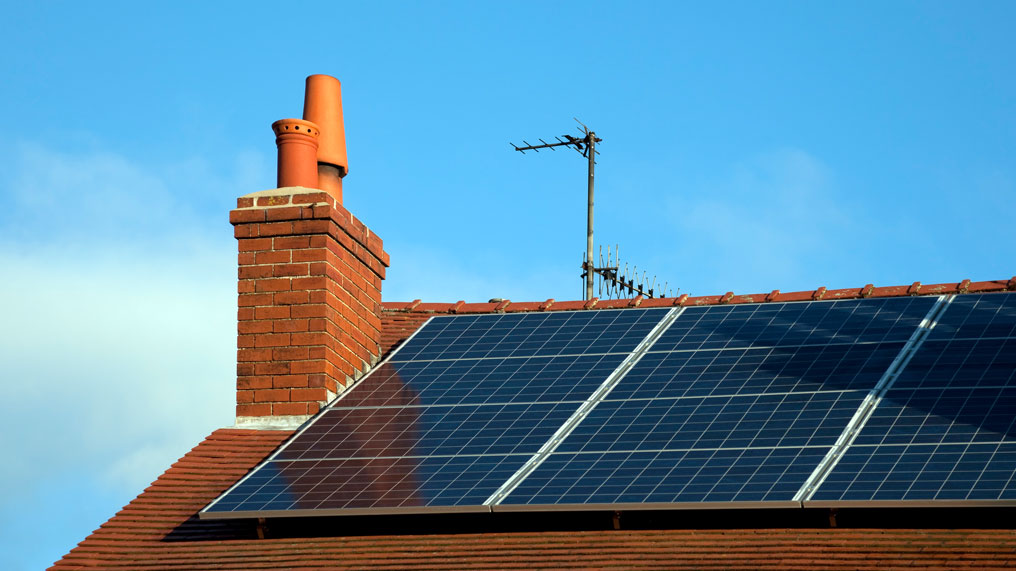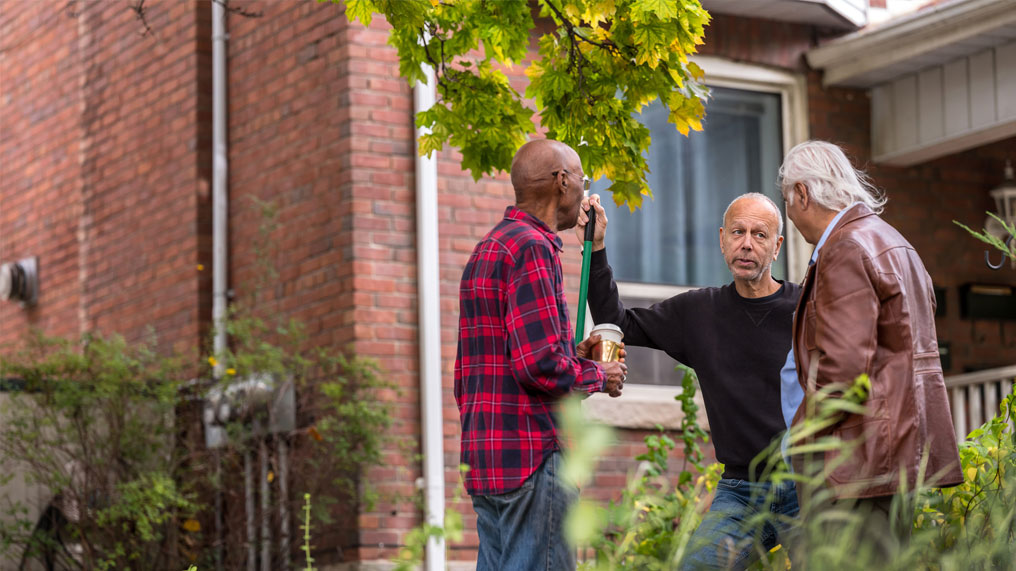The consequences of a water leak can range from the inconvenient to the catastrophic. By being prepared, you can reduce your chances of suffering a water leak and minimise the extent of any damage.
The most obvious signs of a water leak in your property are the sight or sound of running water or the appearance of wet areas. But it may be something else that initially tells you it’s there: mildew or mould could be growing in specific areas and keep coming back, or flooring might have warped or developed cracks.
Other clues might help you isolate the cause, such as if drips become more frequent after rain or when someone takes a bath. Leaks can start slow and remain that way, occur suddenly, or rapidly become more serious after being barely noticeable for a long time.
If the leak is outside your property, you might notice extra plant growth near the pipework, or a surprise increase in your water bills.
If you do have a water leak and it’s a serious one, here’s what to do.
Turn off the water supply
For most of us, it’s difficult to think clearly and act decisively during an emergency. The best time to learn how to turn off the water supply to your home is therefore not while a torrent of water is flowing through it. Make sure that you and the people who share your home know how to turn off the water supply. If you experience a water leak, you’ll then be able to stem the flow within a couple of seconds.
To drain the system, run a cold tap, making sure to keep some water for drinking.
How to turn water off
Fortunately, turning your water off is simple. You’ll need to find the stopcock, which is a valve you can switch off by turning clockwise. This will cut off the supply to your home and stop the problem getting a great deal worse. You can also switch off the supply to individual fixtures (such as toilets, for example) but if you’re suffering a water leak it makes more sense to go straight to the stopcock. Test it regularly to make sure it hasn’t seized up.
If you need to turn off the external stop-tap, you’ll find this somewhere on the boundary of your property.
Stopcock location
Most stopcocks are found under the kitchen sink on the ground floor. Try to keep this area free of clutter to make it easier to find in an emergency. In other homes, it could be somewhere close to the sink in the kitchen, or in a hallway area at the front or rear of the house.
To find it, start at the cold tap in the kitchen and follow the pipe as far as you can, continuing in the same general direction until you see the stopcock. Again, it’s best to do this when there isn’t a leak in the house, and to make sure everyone knows where it is.
Turn off powered water heating systems
If it’s obvious that the leak is due to your water heating system, you can turn off the water and power supply to it. The water supply to your heating system can be switched off by locating the shut-off valve nearby and closing it.
Turn on a hot tap to drain the system.
Cut off the power to your electric heating system by finding the relevant switch in your circuit breaker box and switching it off. Do this immediately if there is any danger of flooding in the area.
If it’s a gas-powered heating system, you can simply turn it off.
Unless you truly know what you’re doing, resist the temptation to become a DIY plumber
Turn off electrics at the mains
If water is leaking near anything electrical, go straight to your circuit breaker box to switch off the electricity supply. It’s not just appliances that pose a danger, so turn off sockets and lights too. Always err on the side of caution.
Get professional help
According to Ofwat, the responsibility for water leaks depends on the pipes affected.
-
Water mains (the large pipes typically laid under highways) distribute water around the UK network. These are the responsibility of the regional water companies.
-
Communication pipes connect these water mains to the boundaries of private properties. An external stop-tap is usually a sign of where the property owner’s responsibility begins. However, responsibility for the stop-tap itself is normally with the water company.
-
Supply pipes then carry water into the property. These are the responsibility of the owner.
Contact your local water company if the problem is theirs.
Most likely, however, you’ll need a plumber.

Beyond DIY plumbers
Plumbing is a complex business with serious consequences if mistakes are made. Unless you truly know what you’re doing, resist the temptation to become a DIY plumber, and call a reputable professional to have your water leak fixed. Without the right insurance in place, you will have to pay a high premium for calling out an emergency plumber. On the other hand, significant water damage could cost you even more.
Preventing a water leak in the first place
To reduce your chances of suffering a water leak, be vigilant for the tell-tale early signs covered at the start of this article.
The most common cause of serious leaks comes from pipes which freeze and then burst during the winter.
Simple steps can reduce the chance of this happening:
-
Insulate your pipes, water tank and loft.
-
Use low-level heating to stop your home getting too cold.
-
Keep an eye on outdoor taps, and disconnect your garden hose.
-
Warm your loft on cold days by opening it up occasionally.
If you’ll be away during the winter, ask a neighbour to check every so often for signs of problems.
Electric water shut-off valves
Electric stopcocks have several advantages. They shouldn’t seize up like regular water shut off valves, they don’t require much strength to operate and they should eliminate drips. Their biggest advantage is that they enable you to add some automation to your water supply control, potentially saving you from the catastrophic consequences of a leak.
Automatic water shut-off valves
Products are now available that will cut off the supply to a home in the event of an unusual flow of water, the arrival of freezing temperatures, or if the property has been vacant for a specific length of time. Others require the installation of water sensors that will alert the valve to shut off in case of a flood.
These devices come with a manual override function to allow you to switch the supply on and off yourself, either on-site or remotely.
Whether you choose low-tech or cutting edge means to protect your property from water damage, make sure that you have an emergency plan in place, so that everyone knows what to do in the event of a water leak.




